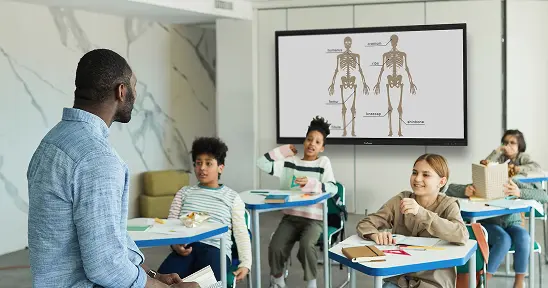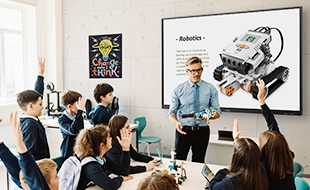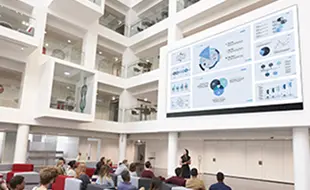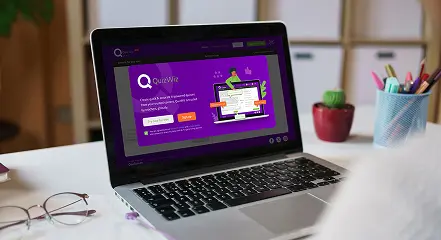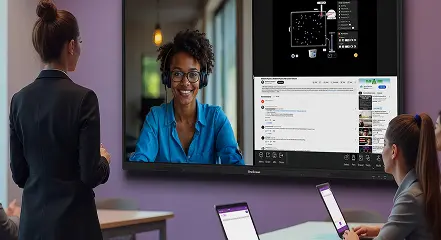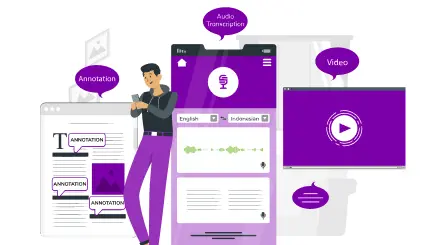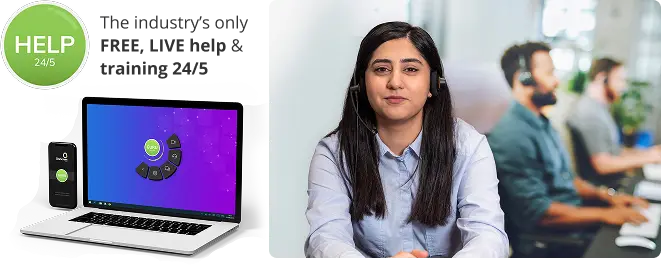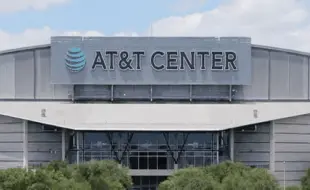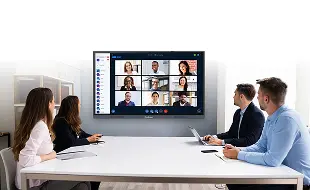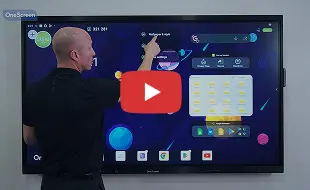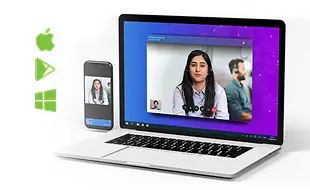School districts and civic leaders have taken many precautions to keep kids safe before bringing them back to crowded schools during the ongoing pandemic. The consensus on basic health guidelines for safe schools include:
- Reduce the frequency of close contacts
- Wear a mask around vulnerable individuals
- Share information online when possible
- Check for fever at the front door
But that’s just the baseline. To prepare students for the new world, schools must become not only safer but also smarter.
Just in time, several new technologies have come online to simplify smart classrooms, making them more effective and engaging for everyone — on both sides of the teacher’s desk.
Here are 5 reasons why everyone will benefit from smarter classrooms.
1 Not all kids are the same and not all risks are the same.
The discussion over whether or not schools are safe for kids has been clouded by that fact that risk profiles are different for different ages. A New York Times review of school reopenings on two continents concluded that it’s safe for younger students but the data is unclear for students in high schools.
The article noted that, “school reopenings across the United States remain a patchwork of plans: in-person, remote and hybrid; masked and not; socially distanced and not. But amid this jumble, one clear pattern is emerging. So far, schools do not seem to be stoking community transmission of the coronavirus, according to data emerging from random testing in the United States and Britain. Elementary schools especially seem to seed remarkably few infections.”
2 Hybrid but whole is here to stay no matter what happens next.
Discussion about the future of schools has already shifted past the current pandemic to what comes next. Many of the policies make good sense no matter what the future holds. Hybrid arrangements should help both online and offline students feel like they are part of a single classroom. This is not only a more inclusive approach to learning, it helps students get a head start on the increasingly technological workplace.
3 Teachers deserve technology designed to suit them
Teachers have been doing their best dealing with second-hand or low cost technology in the classroom, but the smart classroom makes it easy for them. Remote learning has gotten mixed reviews from teachers and students because it had to be implemented quickly with whatever was available.
In San Francisco, Mayor London Breed expressed the concerns of local parents that the current setup was not working well enough. “The achievement gap is widening as our public school kids are falling further behind every single day,” according to Breed. He ordered district leaders to “do what needs to be done to get our kids back in school.”
It’s clear that remote-only and in-person only classrooms are just endpoints on a continuum. Most schools will find that they serve their communities best when they fall somewhere in between.
4 Edutech makers have to rethink business models
The hurdle of a big upfront payment to access edutech has always been a burden on schools. Dealing with multiple stakeholders and restricted budgets have made it harder to schools to upgrade their tools regularly.
Just as the tools teachers use for accelerated learning have changed, it’s time for edutech makers to offer schools more flexible terms for acquiring those tools. Subscription plans for hardware and software is one of the most creative ways that districts are accessing and sharing technology more equitably across their schools.
5 Temperature scanners should evolve into entry management systems
Safety in schools was a critical issue long before the existing conditions took the world by storm. Today, it’s of primary importance to identify anyone who has a fever before they enter the school. In the big picture, though, school leaders need better tools to track and report on who is coming and going from school property.
OneScreen GoSafe is primarily being used in schools around the world as a temperature scanner for now, but the AI-enhanced processor from Qualcomm gives GoSafe a much wider field of operations. GoSafe can ensure masks are in place, provide live assistance on the spot, and manage other devices on the networks through a customized central control panel. Other uses include a pre-screening questionnaire, on screen or in app, for school visitors and data management for all school staff and teachers. f

 EN
EN  US
US  CA
CA  CO
CO  MX
MX  AE
AE  UK
UK  ES
ES  PK
PK 